GIC in Dentistry: Comprehensive Overview of Types, Properties, and Modifications
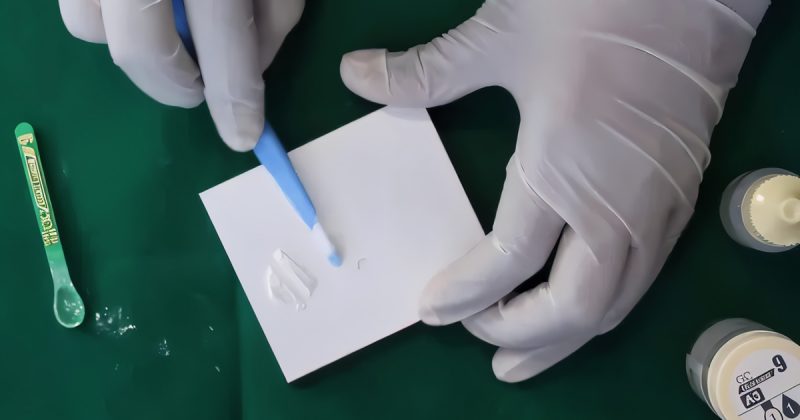
Glass Ionomer Cement (GIC) has been a key player in dental restorative materials for decades, offering a wide range of benefits that make it suitable for various clinical applications. Whether used for filling cavities, acting as a base or liner, or even in techniques like Atraumatic Restorative Treatment (ART), GIC is valued for its unique ability to bond chemically with tooth structures. This blog dives into the essentials of GIC—its composition, types, properties, and diverse applications—giving you a comprehensive understanding of why this material remains a go-to choice in modern dentistry.
What are Glass Ionomer Cements?
Glass ionomer cements (GICs) are adhesive, tooth-colored, anticariogenic restorative materials composed of an acid-soluble calcium fluoroaluminosilicate glass in powder form and polyacrylic acid in liquid form. These components are mixed in specific ratios for the required use during clinical procedures.
Applications of Glass Ionomer Cement:
- Restorative material for eroded areas and Class V restorations.
- Luting agent for restorations and orthodontic brackets.
- Used as liners and bases.
- For core buildup.
- To a limited extent, as pit and fissure sealants.
- Intermediate restorative material.
- Atraumatic restorative treatment (ART) technique.
When to Avoid Glass Ionomer Restorations:
- Class II preparations involving marginal ridges should not be restored with GIC, as there is a higher chance of fracture due to significant stress from chewing and biting forces.
- Larger cavities are prone to high stress; therefore, GIC is an unsuitable material in such cases.
- GICs should be avoided in aesthetic areas, as they lack translucency and are relatively opaque.
- Cuspal areas experience high occlusal loads, and GIC is more likely to fracture or wear down faster than more durable materials like composite resin.
Read Also: GIC vs Composite: Tooth-Colored Restorations
Composition of Glass Ionomer Cement:
Powder:
The powder is an acid-soluble calcium fluor aluminosilicate glass. It is similar to silicate glass but has a higher alumina-silica ratio, which increases its reactivity with the liquid. The fluoride component acts as a “ceramic flux.” Additions of lanthanum, strontium, barium, or zinc oxide provide radiopacity.
| Ingredient | Weight (%) |
|---|---|
| Silica (SiO)2 | 41.9 |
| Alumina (Al2 O3) | 28.6 |
| Aluminum fluoride (AlF3) | 1.6 |
| Calcium fluoride (CaF2) | 15.7 |
| Sodium fluoride (NaF) | 9.3 |
Liquid:
| Component | Function |
|---|---|
| Polyacrylic acid in the form of copolymer with itaconic acid, maleic acid and tricarballylic acid | Copolymerizing with itaconic, maleic acid, etc. tends to increase reactivity of the liquid, decrease viscosity and reduce tendency for gelation. |
| Tartaric acid | Improves the handling characteristics, increases working time and shortens setting time. |
| Water | Water is the most important constituent of the cement liquid, it is the medium of reaction and it hydrates the reaction products. The amount of water in the liquid is critical. Too much water results in a weak cement. Too little water impairs the reaction and subsequent hydration. |
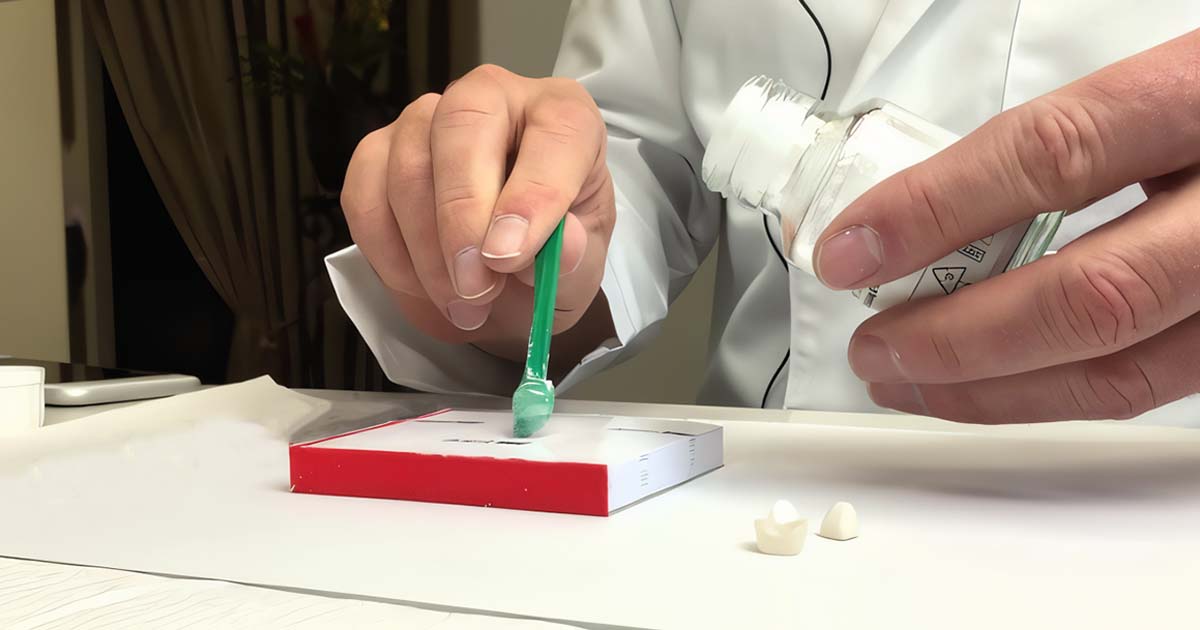
Classification of Glass Ionomer Cement:
There are a number of classifications given for GIC. One of them is mentioned below; it is based on the type or where it is used:
Type I – Luting Type
Type II – Restorative Type
Type III – Liners and Bases
Type IV – Pit and Fissure Sealants
Type V – Orthodontic Cement
Type VI – Core Build up Material
Type VII – High Fluoride releasing GIC
Type VIII – Atraumatic restorative Treatment
Type IX – Pediatric GIC
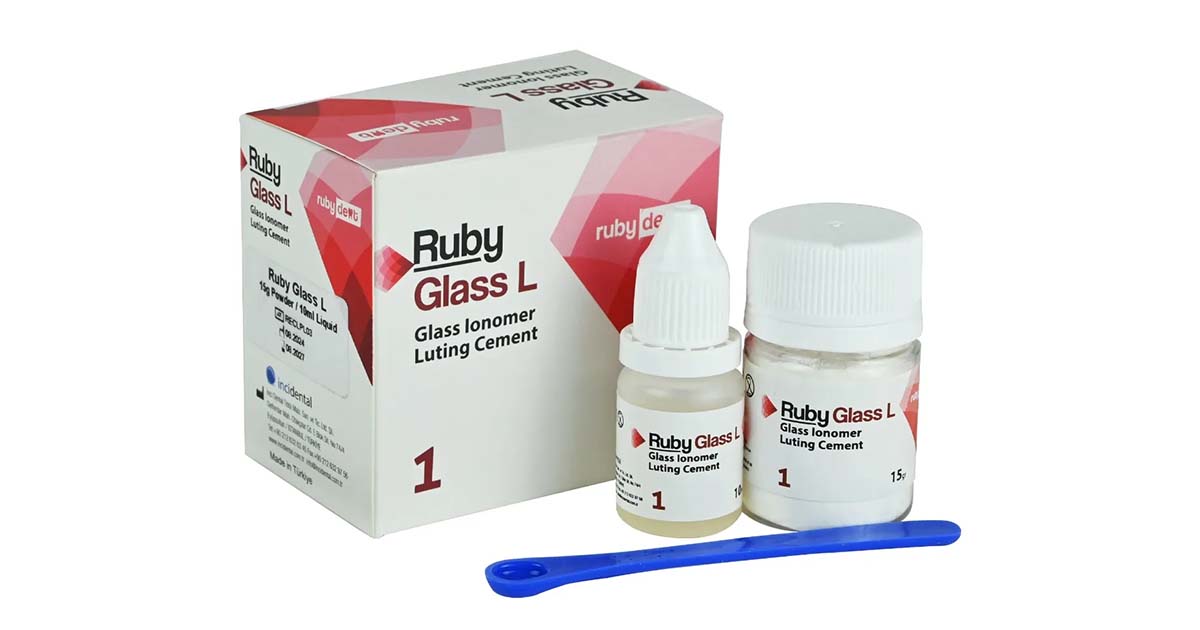
Properties of Glass Ionomer Cement:
Following are some minimum requirements for different types of Glass Ionomer Cements:
- Mechanical Properties –
- Compressive Strength: The compressive strength for restorative GIC is 150 MPa, whereas for the luting type, it is lower, i.e., 85 MPa.
- Tensile Strength: Luting type—6.2 MPa; Restorative type—6.6 MPa.
- Hardness: It is only 49 KHN, which is far lower than composites.
- Elastic Modulus (7.3 GPa): It is a measure of their stiffness. The modulus of elasticity (MOE) is half that of zinc phosphate cement.
- Wear Resistance: GICs are more susceptible to toothbrush abrasion and occlusal wear.
- Solubility –
- Solubility in Water for Luting Type: 1.25 wt%.
- Solubility in Water for Restorative Type: 0.4 wt%.
The initial solubility of GIC is high due to leaching of intermediate products. The complete setting reaction takes place in 24 hours, and during this period, it is important that the material is protected from saliva.
- Adhesion –
Glass ionomer cements bond well with enamel and dentin through a chemical bond. The shear strength of GIC is 3-5 MPa. The bonding occurs due to the reaction between the carboxyl groups of the polyacids and the calcium in the enamel and dentin. The bond to enamel is always higher than that to dentin, probably due to the greater inorganic content of enamel and its greater homogeneity.
- Aesthetics –
GICs are less aesthetic when compared to other silicates and composites. They lack translucency, have a rough surface texture, and stain quickly. The aesthetics are sufficient for non-aesthetic zones like the cervical regions and for minor defects. Luting GICs are even more opaque than restorative GICs.
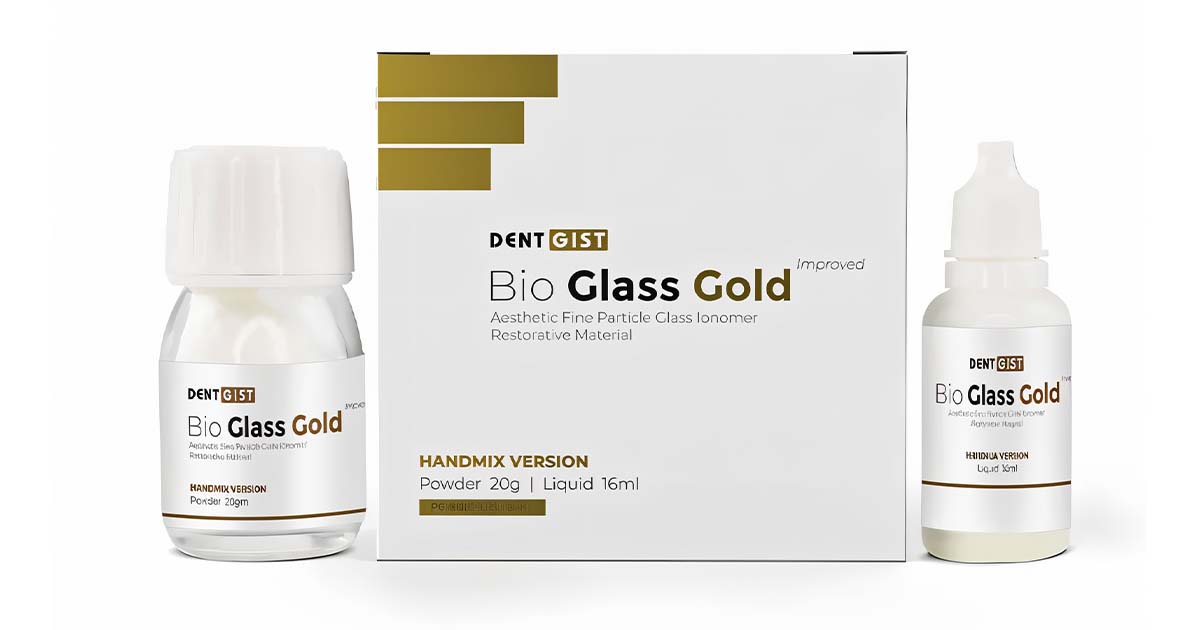
- Biocompatibility –
The pulpal response to GIC is considered mild. Type II GICs are relatively biocompatible. The pulpal reaction is greater than that from zinc oxide eugenols but less than that produced by zinc phosphate cement. The water-settable cements show higher acidity. Luting-type GIC is more acidic than the restorative type, and thus patients may sometimes complain of sensitivity. Furthermore, in deep cavities, the smear layer should not be removed as it acts as a barrier to acid penetration. Deep areas are protected by a thin layer of calcium hydroxide cement.
- Anticariogenic Properties –
Glass ionomer cements release fluoride initially and continue to do so over an extended period of time. In addition, due to their adhesive effect, they have the potential to reduce the infiltration of oral fluids at the cement-tooth interface, thereby preventing secondary caries.
Manipulation of Glass Ionomer Cement:
The tooth surface to be restored with glass ionomer cements should be clean of any smear layer. This smear layer can be removed by rubbing with a cotton pellet and pumice slurry or by etching with 10% polyacrylic acid or 37% phosphoric acid for 10 to 20 seconds. Furthermore, if the cavity is too deep, a layer of calcium hydroxide should be applied for added protection of the underlying dentin.
Powder/Liquid Ratio:
The powder-liquid ratio depends on the intended use of the GIC. Manufacturers provide scoops and recommend a particular ratio depending on the type of GIC. Mixing requires an agate plastic spatula.
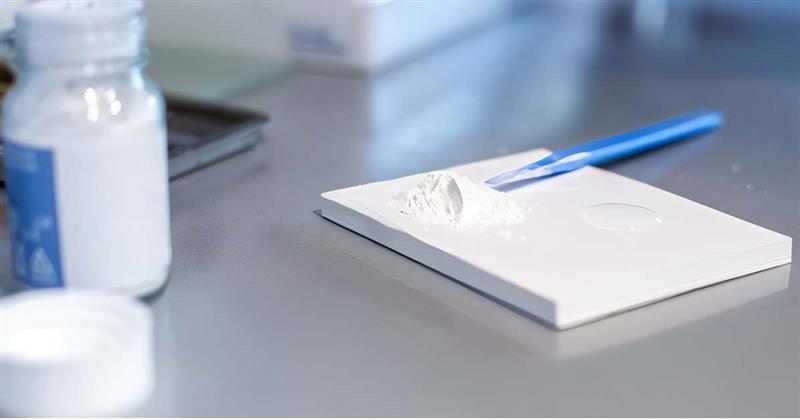
Mixing:
- Manual Mixing:
The powder and liquid are tumbled gently onto a mixing pad. The powder is divided into one or two increments. The first increment is mixed with the liquid in about 5-10 seconds, and the mix is spread over a large area to add more powder sequentially. It is mixed in a swiping and folding motion and is folded onto itself after thorough mixing. The total mixing time should not exceed 30-45 seconds.
A glossy mix indicates the presence of residual polyacid (which has not been used in the setting reaction) that helps in proper bonding to the prepared tooth surface. It should be packed into the cavity without any delay using a plastic filling instrument.
A dull mix indicates prolonged mixing and should be discarded as it reduces adhesion.
- Mechanical Mixing:
This is done in a triturator similar to the amalgam triturator. The GIC powder and liquid are available in pre-proportioned capsules, which, when used in a triturator, help in even mixing. This GIC mix can be injected directly into the cavity with the nozzle of the triturator gun.
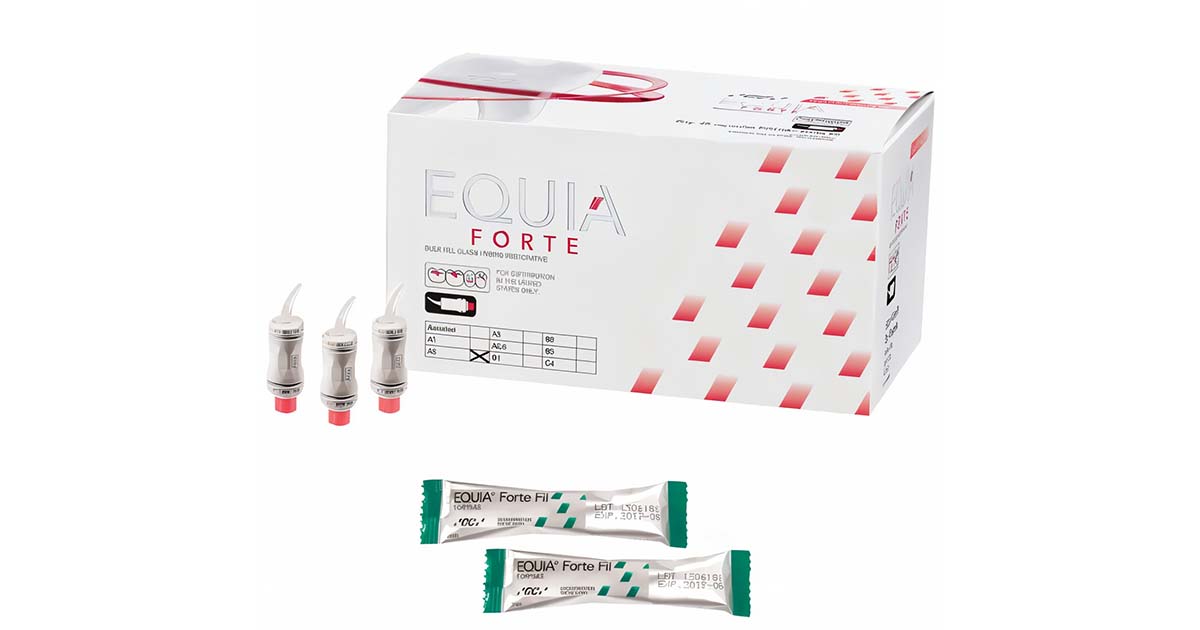
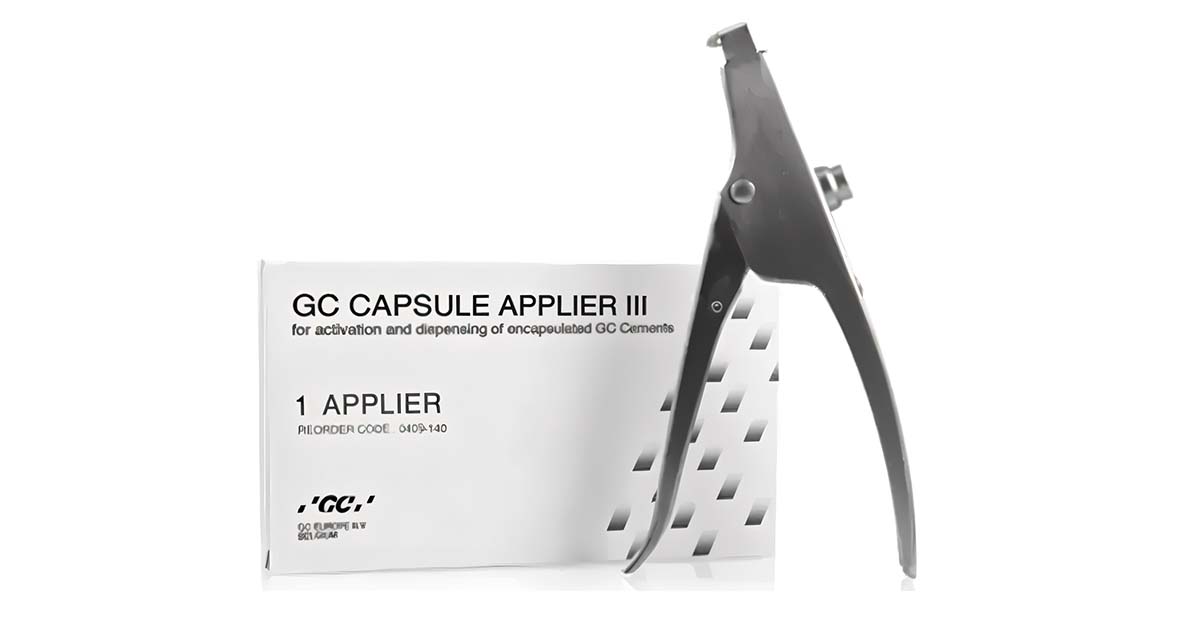
Setting Time of GIC-
Luting type — 7 minutes
Restorative type — 4 to 5 minutes
Advantages of GIC:
1. Better properties due to controlled P/L ratio.
2. Less mixing time required.
3. Convenient delivery system.
Disadvantages of GIC:
1. Cement quantity limited by the manufacturer.
2. Shade selection is limited, and colours cannot be blended.
How to avoid Glass Ionomer restoration failure?
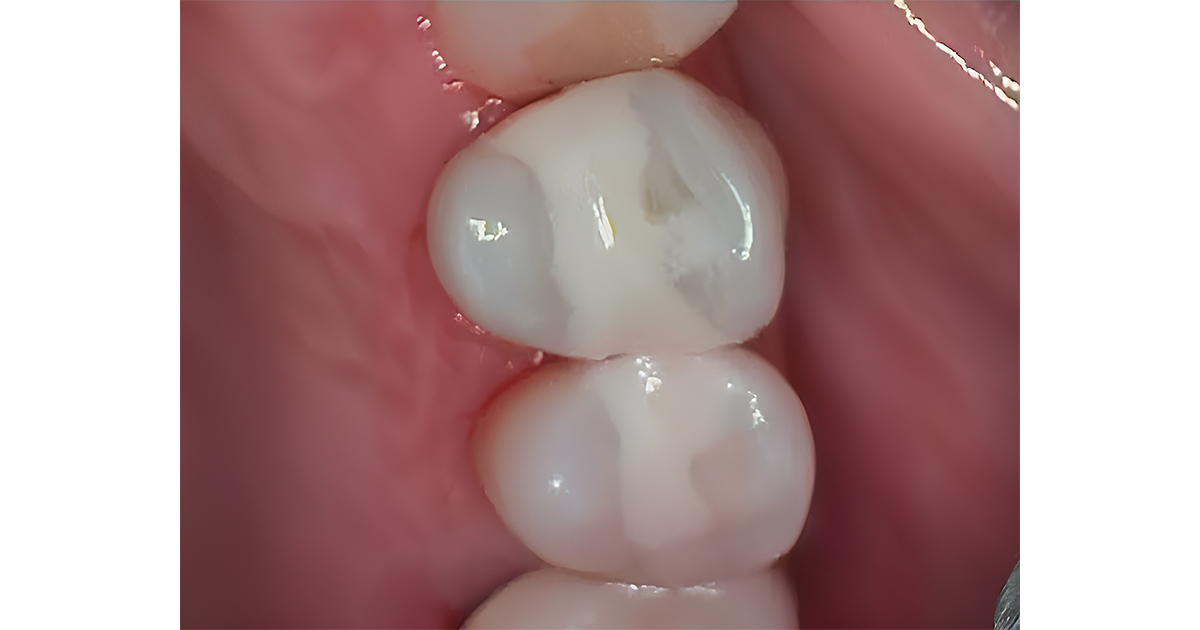
To ensure the longevity and effectiveness of glass ionomer cement (GIC) restorations, it is crucial to follow proper techniques during placement and aftercare. Below are some essential steps to help prevent failure and optimize the performance of GIC restorations.
Protection and Shaping of Cement During Setting:
Glass ionomer cement is sensitive to air and water, so it should be protected from moisture contamination during setting and for a few days after setting. Additionally, a pre-shaped matrix can be used to protect the cement from moisture contamination in the surrounding environment, provide maximum contour, and ensure proper adaptation to the walls of the cavity.
Protection of Cement After Setting:
The matrix is removed once the cement has completely set, and immediately afterward, it should be protected with a special varnish supplied by the manufacturer, cocoa butter, petroleum jelly, or an unfilled light-cured resin bonding agent. These protect the surface from drying out, which could result in a chalky or crazed surface.
Other causes of a chalky or crazed surface in GIC restorations include a low powder/liquid ratio or improper manipulation.
Finishing:
The finishing of the restoration and the removal of excess material should be done with hand instruments only. The use of rotary instruments should be avoided. Further finishing, if required, should be done after 24 hours.
Modifications of Glass Ionomer Cement:
Over the years, manufacturers have tried integrating different materials and elements to compensate for the deficiencies that glass ionomer has. Following are some types that were discovered in the process.
- Metal Modified Glass Ionomer Cement (GIC)
- Resin Modified Glass Ionomer Cement (GIC)
1. Metal Modified Glass Ionomer Cement (GIC):
These were introduced to increase the strength, fracture toughness, and resistance to wear while maintaining the adhesion and anticariogenic properties. This material can be achieved by two methods: one, either by the addition of spherical amalgam alloy to the restorative type of GIC, and second, by sintering a mixture of two powders at a high temperature such that silver particles are bonded to the glass particles (called Cermet). This can be used in young patients prone to caries, small Class I cavities as an alternative to amalgam and composite, and for core buildup of grossly destructed teeth. These materials, however, are now considered old-fashioned as the glass ionomers manufactured today have better properties and are no longer in use. The material being grey and excessive leaching were some of the major disadvantages of this modification.
2.Resin Modified Glass Ionomer Cement (GIC):
These are newer materials available in the market with names like compomer, resin-ionomers, RMGI (resin-modified glass ionomer), light-cured GIC, dual-cure GIC, tricure GIC, reinforced GIC, hybrid ionomers, etc. RMGIC was also introduced to compensate for the drawbacks of GIC such as moisture sensitivity, low initial strength, and fixed working times.
Supplied as:
a. Chemical cure (acid-base setting reaction of the glass ionomer portion).
b. Dual cure (combines acid-base setting reaction of the GIC portion and light curing of the resin portion).
c. Tricure (combines acid-base setting reaction, chemical and light-cured polymerization of the resin portion).
All of them are usually supplied as powder and liquid. The light-cured type is supplied in dark-shaded bottles (for light protection).
Composition:
Powder – It consists of ion-leachable glasses (silica, alumina), photo-initiators or chemical initiators (or both), polymerizable resin, and hydroxyethyl methacrylate monomers.
Liquid – Includes polyacrylic acid, methacrylate monomer, and water.
Uses:
- As bases and liners
- Restoration of Class I, III, or V cavities
- As adhesive for orthodontic brackets
- Cementation of crowns and brackets
- Retrograde root filling
Conclusion
Glass Ionomer Cements (GICs) are an essential material in restorative dentistry, known for their excellent adhesive properties, fluoride release, and biocompatibility. With their ability to bond to both enamel and dentin, GICs are ideal for a wide range of applications—from cavity restorations to core build-ups and even orthodontic cementation. With newer variations like Resin Modified GICs (RMGI), many of the earlier challenges, such as moisture sensitivity and low initial strength, have been addressed, making them even more versatile.
To ensure the longevity of GIC restorations, following proper manipulation techniques, maintaining moisture control during setting, and using appropriate finishing methods are key. With these precautions in place, GICs can provide durable and effective restorations. For all your GIC and dental material needs, DentalKart offers a wide selection of top-quality products to help you deliver the best care to your patients.

No Comment